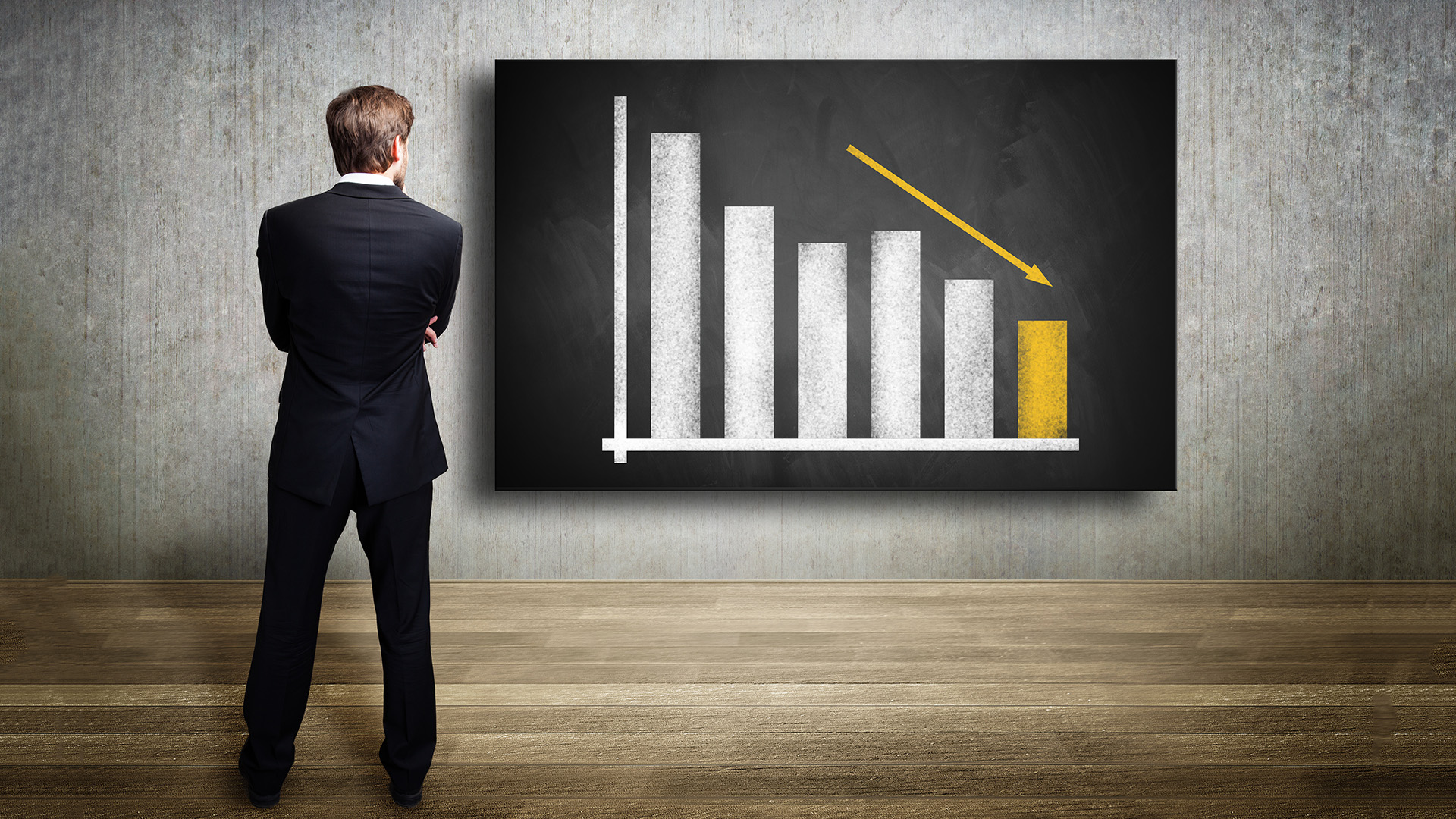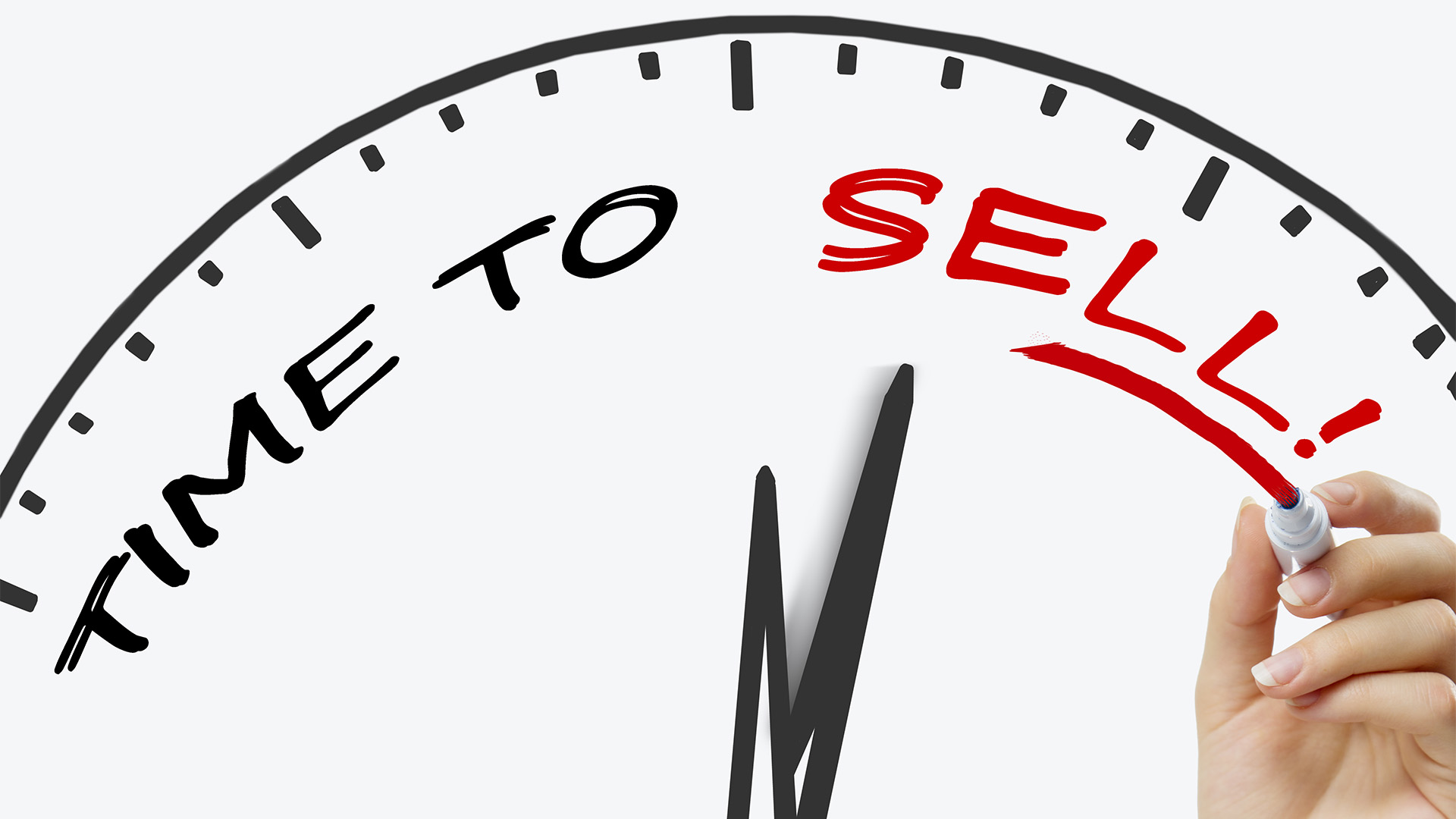The US Federal Reserve’s sugar bowl remains open for use, according to markets, judging by the solid gains yesterday and overnight in the wake of the central bank’s decision to put off a rate hike until perhaps December.
So yes the US Federal Reserve has signalled a rate rise is very possible for December (around a 60% chance of it happening according to US prediction markets), but will it?
The market reaction (and the fall in the value of the greenback) tells us there are many in the markets who would not be surprised if there was no rate rise at all in 2017.
The ASX 200 added 0.6% to 5374.5, while the All Ords rose 0.7% to 5466.3. Markets in Asia, Europe and the US all enjoyed strong rises, especially the US where Nasdaq hit a succession of new highs during a solid day.
Oil and gold rose strongly as traders realised there were three more months of sugar to play with before that rate hike happens. But will it?
The Fed is now trapped in a quandary of its own making – does it risk a rate rise, merely to shut down chat from members of the central bank, and to try and get ahead of the decision-making curve, or does it recognise the ongoing sluggishness of the US economy and stay its hand until 2017?
In fact weak reads on employment for September, October and perhaps November (The Fed meets on December 16 and 17), weak retail sales data, weaker than expected third quarter GDP numbers in late October and November, and inflation remaining well under 2%, and there’s a very good chance the rate rise won’t happen – leaving the Fed exposed.
While the Fed did signal it could hike rates by year-end as the labour market improved further and inflation picked up, that doesn’t sit easily with changes made in the forecasts and elsewhere by the Open Markets Committee.
It cut the number of rate increases expected in 2017 and 2018, it also reduced its longer-run interest rate forecast to 2.9% from 3%, and it also cut its growth forecasts.
The Fed’s new interest rate projection for 2017 left rates centred at 1.125%, down from 1.625% in June, a significant cut. That implies two rises in 2017 if there is an increase this year. But late last year the Fed’s forecasts implied four rate rises this year – we are down to one perhaps.
US Federal Funds rate futures imply there is a reasonable chance of just one increase by the end of next year.
The median forecast was at 1.875% in 2018 (from 2.4%) and 2.625% for 2019. They are all pie in the sky stuff and below the long-run interest rate forecast.
The forecasts were changed in part because the Fed has reassessed its view of the economy’s longer term outlook and formed the judgment that rates will need to be lower to keep growth on an even keel.
The economic outlook is now seen as being weaker than in the Fed’s last set of predictions in June. In other words, the market axiom, ’lower for longer’ is firmly in play so long as traders and investors are concerned.
Growth this year is now expected to be 1.8%, rather than 2% as predicted in June, and the longer-run growth rate was also trimmed to 1.8%. Core inflation is tipped to hit 2% in 2018, after running at 1.7% this year and 1.8% in 2017.
So why would a central bank consider cutting rates after downgrading all its important forecasts (with the exception of employment growth which now seems to be at close to being full)?
An analyst at Westpac in the US, Richard Franulovich summed it up nicely when he was quoted by Reuters as saying that back in June the Fed’s median dot plot (which shows there the 17 members of the Fed think rates will be this year, and in the next three years) showed five hikes to end-2017. Now it is down to just three.
“The FOMC is unlikely to deliver anything more than a very ‘dovish’ December hike.”
The bottom line is that with US growth running around 2% or a bit less and inflationary pressures remaining below target, global risks and a small tightening in monetary conditions because of a slow rise in US interbank lending rates, there’s no stunning case for a rate rise in the US, notwithstanding what was said in this week’s post meeting statement.
And this is likely to remain the case for some time to come.
The AMP’Chief Economist, Dr Shane Oliver says that for Australia, "the ongoing delays in Fed rate hikes are a mixed bag. On the one hand a cautious Fed taking account of US and global economic conditions before raising rates is a good thing as it helps sustain global growth and hence demand for Australian exports.”
"But on the other hand the continuous delays in Fed rate hikes are keeping the $A stronger than would otherwise be the case which in turn could dampen the ongoing rebalancing in the Australian economy.
“Thanks to the BoJ’s commitment to continue monetary stimulus for a lengthy period and the Fed’s decision to hold, the $A has bounced above 76 US cents again.
"Ongoing $A strength keeps alive our expectation for another RBA rate cut, even though it’s now a close call thanks to strong Australian economic growth.
"Our base remains for the Fed to hike at its December meeting, but this will require more consistently positive economic data from the US over the next three months. The US money market’s probability of a December hike is 61% and this sounds about right,” Dr Oliver wrote yesterday.













